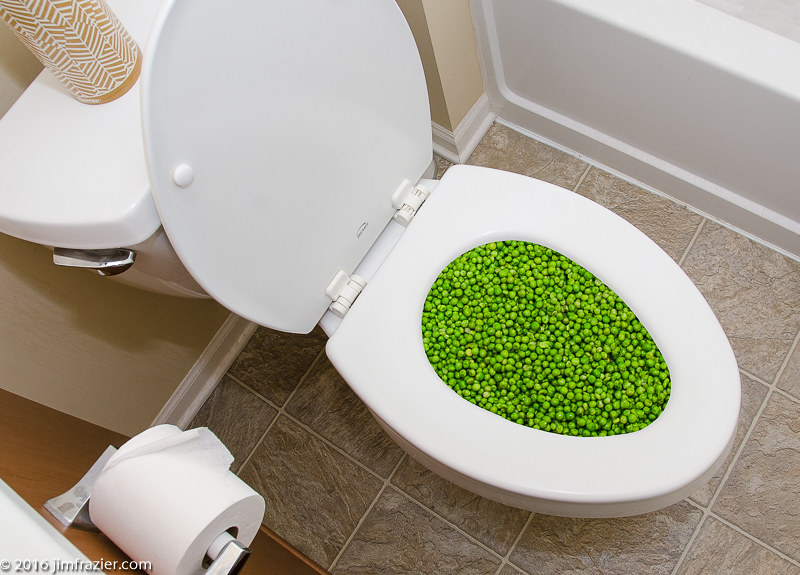Can One to Dispose of Food Down the Toilet?
Can One to Dispose of Food Down the Toilet?
Blog Article
This great article down the page on the subject of Think Twice Before Flushing Food Down Your Toilet is relatively enlightening. Check it out for yourself and decide what you think of it.

Introduction
Many individuals are usually faced with the dilemma of what to do with food waste, particularly when it pertains to leftovers or scraps. One common concern that emerges is whether it's okay to flush food down the toilet. In this post, we'll explore the reasons individuals may consider flushing food, the repercussions of doing so, and alternate techniques for correct disposal.
Reasons that people could think about purging food
Absence of understanding
Some people might not recognize the possible damage triggered by purging food down the commode. They may erroneously think that it's a harmless practice.
Comfort
Purging food down the toilet might feel like a quick and very easy service to getting rid of unwanted scraps, particularly when there's no neighboring trash can available.
Negligence
In many cases, individuals may merely choose to flush food out of large idleness, without considering the effects of their actions.
Effects of flushing food down the bathroom
Ecological influence
Food waste that ends up in rivers can add to pollution and damage aquatic ecosystems. Furthermore, the water made use of to flush food can strain water sources.
Pipes problems
Flushing food can lead to clogged pipelines and drains, creating pricey pipes fixings and troubles.
Sorts of food that need to not be purged
Fibrous foods
Foods with coarse textures such as celery or corn husks can obtain entangled in pipes and cause clogs.
Starchy foods
Starchy foods like pasta and rice can soak up water and swell, causing clogs in pipes.
Oils and fats
Greasy foods like bacon or cooking oils must never ever be purged down the commode as they can strengthen and cause obstructions.
Appropriate disposal approaches for food waste
Using a waste disposal unit
For homes equipped with garbage disposals, food scraps can be ground up and purged through the pipes system. Nevertheless, not all foods appropriate for disposal in this fashion.
Recycling
Particular food packaging products can be recycled, minimizing waste and reducing ecological influence.
Composting
Composting is a green means to throw away food waste. Organic products can be composted and made use of to enrich dirt for horticulture.
The relevance of appropriate waste management
Minimizing ecological injury
Correct waste monitoring techniques, such as composting and recycling, aid lessen air pollution and protect natural deposits for future generations.
Securing plumbing systems
By avoiding the technique of flushing food down the toilet, property owners can stop pricey plumbing repair services and keep the stability of their plumbing systems.
Conclusion
Finally, while it may be tempting to purge food down the bathroom for benefit, it's important to understand the potential effects of this action. By taking on correct waste management techniques and disposing of food waste sensibly, people can contribute to healthier pipes systems and a cleaner environment for all.
FLUSH FOOD DOWN THE TOILET?
FLUSHING FOOD CAN CAUSE BLOCKED DRAINS IN YOUR HOME
All of the plumbing fixtures in your home are connected to the same sewer pipe outside of your home. This outdoor sewer pipe is responsible for transporting all the wastewater from your home to the Council sewer mains. Even small pieces of food that go down the kitchen sink can cause problems for your sewer. It should therefore be obvious that flushing larger bits of food, such as meat, risks a clog in either the toilet itself or the sewer pipes. Flushing greasy food is even more problematic because oil coagulates when it cools, coating the interior lining of your pipes.
THE TOILET IS NOT A BIN
Food isn’t the only thing that people shouldn’t be flushing down the toilet. People use the toilet to dispose of all kinds of things such as tampons, makeup wipes, dental floss, kitty litter and even underwear. Water goes to great lengths to educate residents about the high costs and stress placed on wastewater treatment systems simply from people flushing the wrong stuff down the toilet. It costs taxpayers millions of dollars each year, and homeowners thousands in blocked drain repairs.
FLUSHING FOOD IS A WASTE OF WATER
Flushing food is a waste of our most precious resource - water. In June this year Level 1 water restrictions were introduced to protect water supply from drought conditions. Much of New South Wales continues to be affected by prolonged drought with recent figures revealing up to 97 per cent of the state remains in drought. Depending on whether you have a single or dual flush toilet, every single flush uses between five and 11 litres of water. In the current climate this is a huge amount of water to be wasting on flushing food that should be placed in the bin (or better yet, the compost).
https://www.jabplumbingsolutions.com.au/blog/can-you-flush-food-down-the-toilet

I found that page on What Can Happen If You Flush Food Down the Toilet? while surfing the web. Enjoyed our posting? Please share it. Help another person discover it. Thanks for going through it.
Call Us Now Report this page